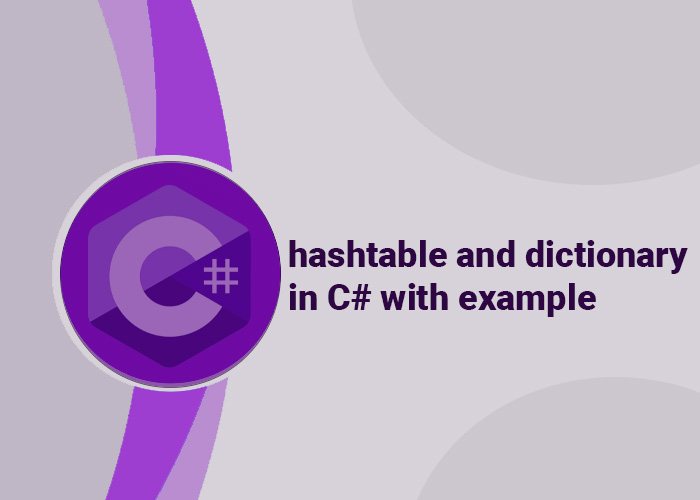What is Garbage Collection?
Garbage collection (GC) is a form of automatic memory management. In programming, when you create objects, they consume memory. However, not all objects are needed for the entire duration of an application's lifecycle. Garbage collection is the process that automatically deallocates memory that is no longer in use, freeing up resources for new objects.
Key Points:
Automatic Memory Management: Developers don't have to manually track and free memory.
Prevents Memory Leaks: Ensures that unused memory is returned to the system.
Enhances Application Performance: By managing memory efficiently, GC helps maintain optimal application performance.
How Garbage Collection Works
Garbage collection works by identifying objects in memory that are no longer reachable by the application. When an object is created, it's stored in a part of memory known as the heap. The garbage collector monitors the heap to track object usage.
Steps Involved:
- Marking: The GC begins by marking all objects that are still in use. It does this by tracing all reachable objects from the root.
- Sweeping: The GC then sweeps through the memory and deallocates any objects that are not marked as in use.
- Compacting: Finally, the GC may compact the memory by relocating objects to reduce fragmentation.
Generations in Garbage Collection:
C# uses a generational garbage collection strategy:
- Generation 0: Newly created objects. This is where most garbage collection occurs.
- Generation 1: Objects that survived one garbage collection.
- Generation 2: Objects that have survived multiple garbage collections and are considered long-lived.
Garbage Collection in C# with Example
Let's take a look at how garbage collection works in C# using a simple example with top-level statements:
using System;
class Program
{
static void Main()
{
CreateObjects();
Console.WriteLine("End of Main method.");
GC.Collect(); // Manually triggering garbage collection (not usually recommended)
Console.WriteLine("Garbage Collection triggered.");
}
static void CreateObjects()
{
for (int i = 0; i < 1000; i++)
{
var obj = new MyClass();
}
// Objects created here are now eligible for garbage collection after this method completes
}
}
class MyClass
{
public MyClass()
{
Console.WriteLine("Object created.");
}
~MyClass()
{
Console.WriteLine("Object finalized.");
}
}
Explanation:
- Creating Objects: The
CreateObjectsmethod creates 1000 instances ofMyClass. - Manual GC Call: After exiting the
CreateObjectsmethod, the objects become eligible for garbage collection. TheGC.Collect()method manually triggers garbage collection, but it's generally better to let the GC manage itself.
Garbage Collection in C# Interview Questions
What is garbage collection?
- Garbage collection is the process of automatically reclaiming memory by deallocating objects that are no longer in use by the application.
How does garbage collection work in C#?
- C# uses a generational garbage collection system, which identifies and reclaims memory from objects that are no longer reachable.
What are the different generations in garbage collection?
- Generation 0 (new objects), Generation 1 (survived one GC), Generation 2 (long-lived objects).
Can you force garbage collection in C#?
- Yes, using
GC.Collect(), but it's usually not recommended as it can affect performance.
What is a memory leak, and how does GC prevent it?
- A memory leak occurs when an application fails to release memory that is no longer needed. GC prevents this by automatically reclaiming such memory.
Memory Management in C#
Memory management in C# involves both automatic and manual processes. The garbage collector handles most of it automatically by cleaning up unused objects. However, developers should still be cautious and ensure that objects are disposed of properly when they implement IDisposable.
Best Practices:
- Use
usingStatements: Automatically dispose of objects that implement IDisposable. - Avoid Long-Running Objects: Minimize the lifespan of objects, especially those in Generation 2.
- Be Careful with Static References: Static objects can prevent other objects from being collected.
Why is Garbage Collection Important?
Garbage collection is crucial because it automates the process of memory management, which reduces the likelihood of memory leaks and improves application performance. Without garbage collection, developers would need to manually track and free memory, which is error-prone and inefficient.
Key Benefits:
- Simplifies Development: Frees developers from manual memory management.
- Prevents Memory Leaks: Automatically reclaims unused memory.
- Optimizes Performance: Reduces fragmentation and manages memory efficiently.
How to Call Garbage Collector in C#
While the garbage collector in C# works automatically, there are times when you might want to force a garbage collection manually, though it's generally not recommended.
Example:
GC.Collect();
GC.WaitForPendingFinalizers();
Explanation:
GC.Collect(): Forces garbage collection.GC.WaitForPendingFinalizers(): Ensures that finalizers are run for any objects waiting to be finalized.
When to Use:
- Debugging: If you suspect a memory leak and want to see what the GC will collect.
- Resource Cleanup: In rare cases, where immediate resource release is necessary, such as in applications dealing with unmanaged resources.
Conclusion
Garbage collection in C# is a powerful feature that handles memory management automatically, allowing developers to focus on writing clean, efficient code. By understanding how garbage collection works and following best practices for memory management, you can write more reliable and efficient applications.





